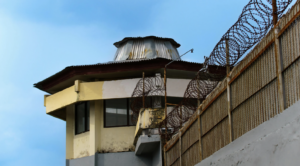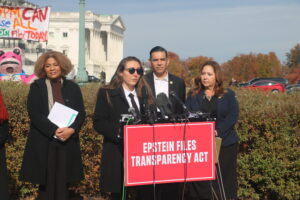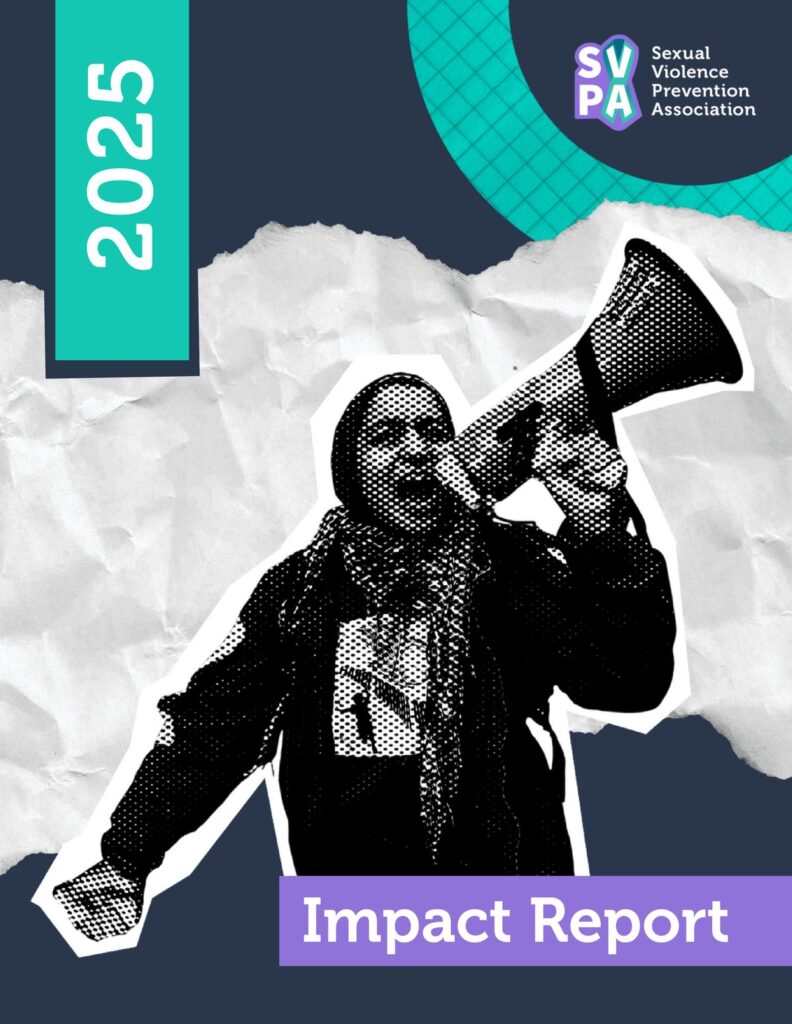As technology advances, so do perpetrators’ tactics for harming victims and silencing survivors. Perpetrators of sexual violence have long relied on misinformation to discredit, isolate, and vilify victims. Today, with tools like bot campaigns, coordinated spam attacks, and algorithmic manipulation, these smear efforts are more aggressive and far-reaching than ever. These orchestrated campaigns aren’t just about distorting facts, they are deliberate strategies to bury the truth, control narratives, shift public perception, and intimidate victims into silence.
From Hollywood to Capitol Hill, survivors like Amber Heard, Blake Lively, Anita Hill, and Monica Lewinsky have faced relentless smear campaigns designed to discredit and silence them. History shows that public opinion often shifts in their favor years later, such as with Hill and Lewinsky. However, redemption comes only after years of reputational damage. These attacks don’t happen by accident; they’re calculated, well-funded operations. So, who is behind them, and why? Understanding their tactics is crucial to recognizing misinformation and removing its power.
Social media plays a key role in smear campaigns. Automated accounts programmed to amplify false narratives, called bot networks, can make misinformation appear widely accepted. This strategy was heavily used against Amber Heard, as a Bot Sentinel report found that many of the accounts spreading hate against her were inauthentic and designed to manipulate public opinion. Similarly, Blake Lively was allegedly targeted by a smear campaign after speaking out against It Ends With Us director, Justin Baldoni. Reports suggest Baldoni’s team used social media spamming and selective media leaks to damage her reputation, echoing tactics used in previous smear campaigns.
Moreover, lawsuits that are meant to serve justice are often used to intimidate and silence victims. A prime example is Amber Heard vs. Johnny Depp, where Depp’s defamation lawsuit turned into a public spectacle fueled by misinformation. While the U.S. jury found both parties liable for defamation, media coverage largely portrayed Depp as the winner, highlighting how selective narratives shape public perception.
In politics, Anita Hill faced similar attacks during her testimony against Supreme Court nominee Clarence Thomas. Instead of addressing her allegations, a coordinated effort sought to discredit her, using public shaming as a weapon. It took years before the court of public opinion finally came to recognize Anita Hill as a survivor and a brave leader in the sexual violence prevention movement.
Behind many smear campaigns is a well-funded PR strategy, where firms carefully craft negative press while protecting their clients. In Blake Lively’s case, leaked emails suggested PR professionals advised Baldoni’s team to exploit misogyny and strategically leak damaging stories against her. Similarly, Monica Lewinsky was vilified during the Clinton scandal, as a White House-driven PR effort ensured she took the fall. Over time, however, public opinion shifted, and she became a leading voice against cyberbullying.
Smear campaigns don’t just distort public narratives — they inflict lasting harm on the lives of survivors. When misinformation is weaponized to discredit victims of abuse, it isolates them, undermines their credibility, and retraumatizes them publicly and repeatedly. The psychological toll can be devastating: survivors may experience renewed shame, anxiety, and fear of speaking out, not only for themselves but for others who might come forward. Careers are derailed, reputations destroyed, and justice delayed or denied. These tactics are not random — they’re part of a deliberate strategy to shift focus away from accountability and onto the victim.
Figures like Anita Hill, Monica Lewinsky, Amber Heard, and Blake Lively are just a few high-profile examples, but countless others face similar attacks without any platform to defend themselves. The pattern is clear — and it’s time we stop treating it as a coincidence.
By recognizing these strategies for what they are and refusing to be complicit in their spread, we take a crucial step toward protecting survivors and demanding accountability from those in power. In a world flooded with misinformation, our refusal to be manipulated is an act of solidarity and resistance.






